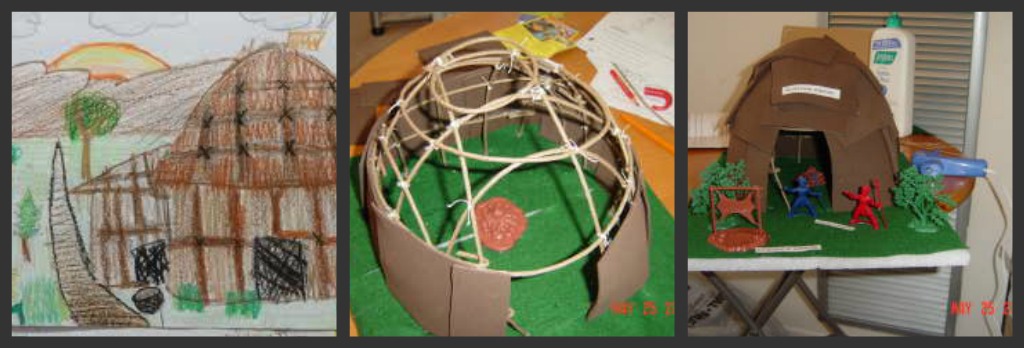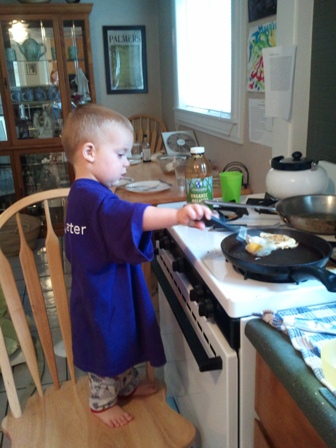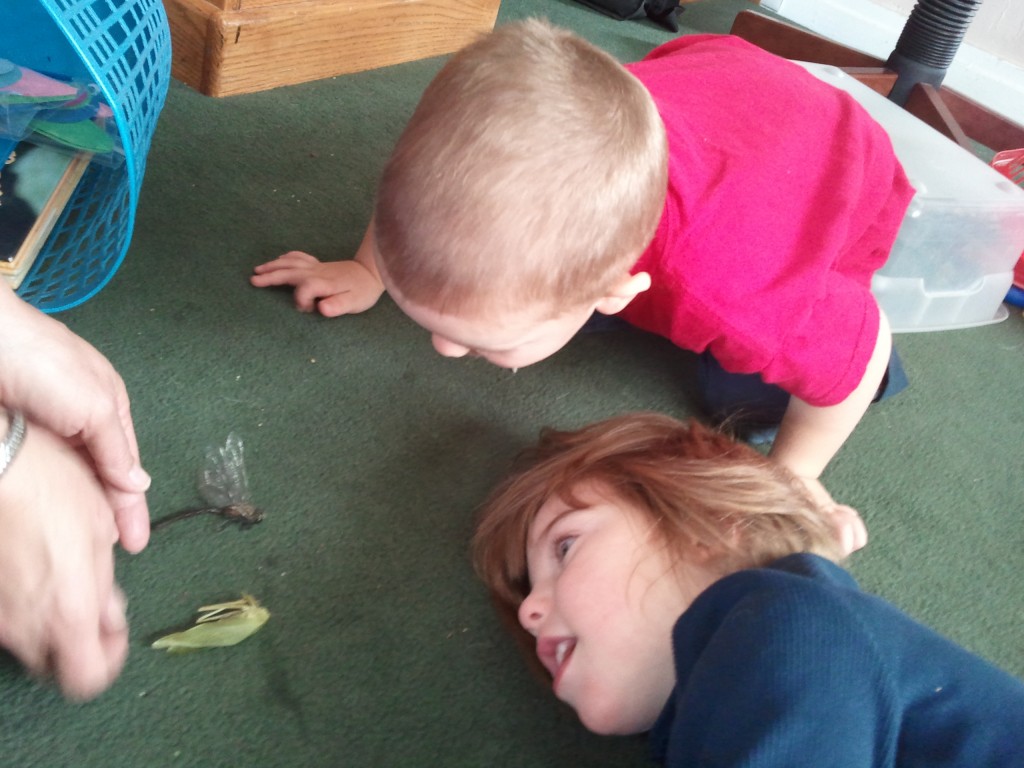
Maggie and Jack learning about dragonflies and katydids
Sometimes something happens that will dictate what is in your Spark Station, what you are going to introduce next. That happened to me a couple of weeks ago. Don and I went out to sit on the balcony and enjoy the fall sunshine. Right there on the deck was a perfectly preserved dragonfly. These just happen to be my FAVORITE insect next to the Cat Spider which isn’t actually an insect.
Just a few days later while I was walking to the car, there on the sidewalk in plain sight for anyone was a magnificent and dead Katydid. Eureka, what an amazing find!!!
Naturally I headed for the library to get a few good book about insects. I know that it is too late in the season to find many insects. I also know that spring is the best time to teach about insects. However, I couldn’t resist sharing these magnificent specimens and I knew I couldn’t wait until spring. So last Fridays Traveling Spark Station was all about insects.
I asked Jack, Maggie and Mary if they knew what insects were. They knew them as bugs. I asked them if they knew what a dragonfly was and a Katydid. They knew the dragonfly but not the Katydid.
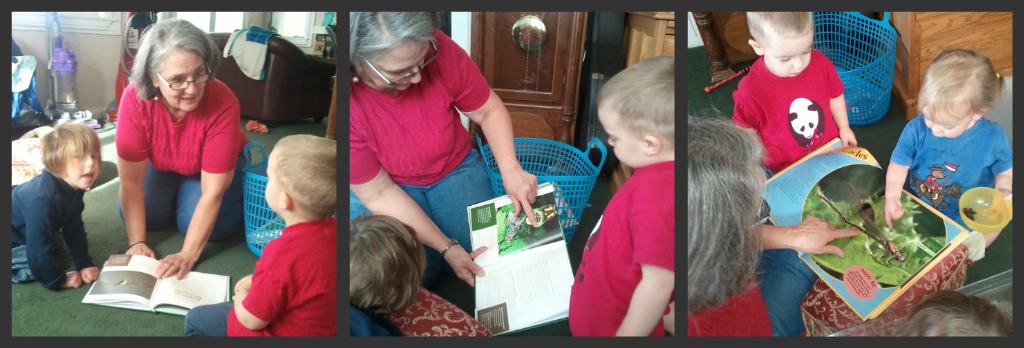
Books are wonderful things to put in your Closet
So we looked at the books and talked about dragonflies and other insects. When I came to the picture of the Katydid we made up a prank that they could play. I told them that when their Aunt Kate came over they could say “Well, how ya doin Katydid!” They really laughed at that.
I asked the children if they had ever seen a real dragonfly and a Katydid up close. No they hadn’t. I asked them if they would like too. Jack got a very worried expression on his face and very hesitantly said OK. I opened my box of bugs and he took about 2 steps backwards. He put his hand over his mouth. He was afraid. I picked up the dragonfly and showed them the wings and the huge eyes, where eggs come out. We talked about a thorax and an abdomen and how long that part was. Jack stayed at a distance but Mary, despite the look of concern on her face, kept edging forward.
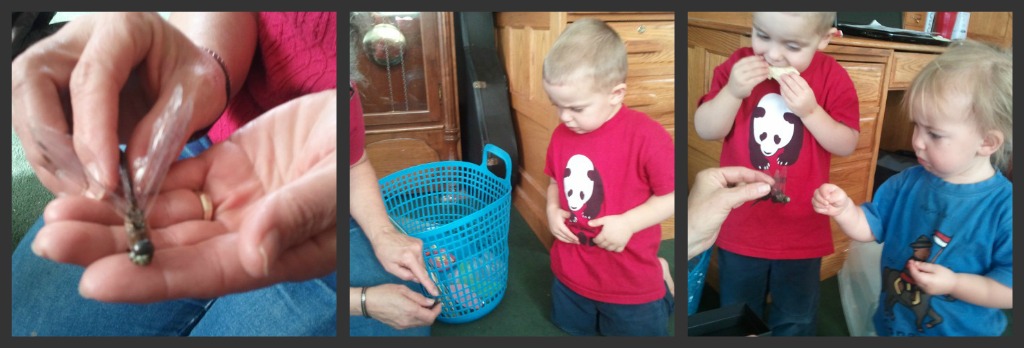
Mary was brave first but then Jack came along. Maggie, “NO WAY!”
I finally asked her if she wanted to hold it. She reached out, pulled back, reached out, pulled back and reached out again. Finally she let me put it into her hand. She was fascinated. She chattered up a storm pointing to the head, eyes, body and wings. She handled it so much that of course the abdomen eventually broke. Then the head came loose. She almost ate that thinking that it looked like a piece of candy I guess. I tell you, you gotta watch little ones!
Of course Jack couldn’t be outdone by his “not quite 2 year old” sister so he came forward and held the Katydid but he wouldn’t have anything to do with the dragonfly. Mary also held the katydid completely fascinated.
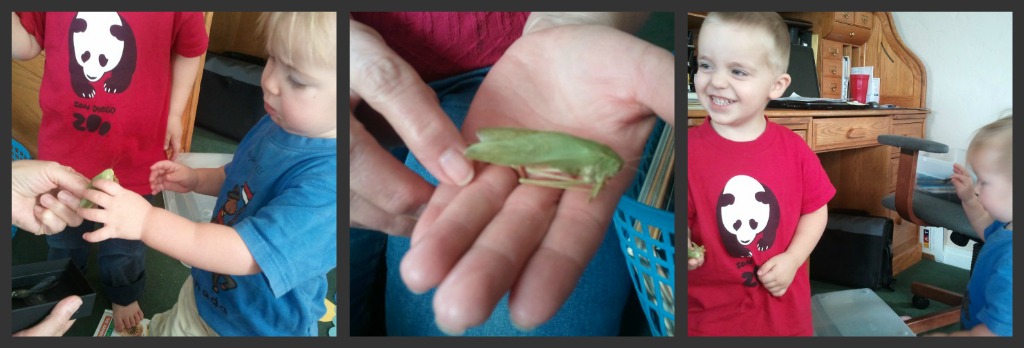
Holding insects is fun!, once you get brave enough to do it.
Now Maggie who is a girl and 5 ½ would have absolutely nothing to do with any bug in her hand!!!! She was firm about it and never budged. She was however, just mesmerized by the books and poured over every picture long after the others wandered off.
Interesting dragonfly facts for kids:
- Scientists attached tiny transmitters to dragonflies to see where they go
- They have 3 main body parts: head, thorax and abdomen
- Their compound eyes have 28,000 separate lenses per eye
- They are meat eaters with strong mouth parts
- They have a 3 part life cycle: egg, nymph, adult
- Males live 24 hours to several weeks, females slightly longer so they can lay eggs
- Males are territorial
- Very few eggs hatch because so many things can go wrong
- The Japanese consider the dragonfly a sign of good luck
- In America we sometimes call them mosquito hawks or darning needles
We made a very simple paper dragonfly craft out of graduated circles of construction paper, wiggle eyes and pipe cleaners. They enjoyed that project and flew them about a bit before we hung them up.
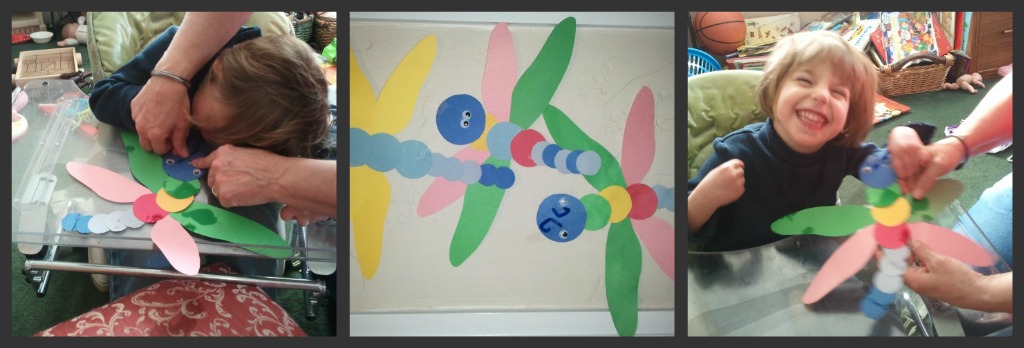
You can make your own dragonfly
Books about insects for kids:
- Dragonflies by Sophie Lockwood
- Dazzling Dragonflies by Linda Glaser
- Bugs Up Close by Diane Swanson
- Insects and their Relatives by Maurice Burton
- Insects by Liz Wyse – This is a fabulous book for older kids showing them how to experience being bugs themselves by creating bug parts to wear!
It was fun. Jack wanted to keep the katydid and hold it again and show his dad how brave he was. The dragonfly by this time was in many pieces due to the fascination of little Mary.
There are three ways to really keep your Spark Station contents interesting.
• Events, such as meeting someone from Africa or finding a katydid on the sidewalk
• Your children’s sparks
• Your own great ideas and interests.
Keeping you Spark Station fresh and exciting isn’t hard and just takes some real life planning. You know how I define real life planning – thinking! So think about what you love, what your children love, what is happening around you and your Spark Station will always be fresh and inspiring. If you need a little help in how to actually do this check out the DVD “Filling your Closet on a Dime with Little Time”.
What have you put into your Spark Station in the last month that has really excited your children? Was it motivated by an event, a love of yours or a child’s spark? We would love to hear about it.
Possibly Related Posts:
- Inspiring Learning
- Family Philanthropy Project – How to Grow Your Family’s Heart by Jodie Palmer
- Science of making Ice cream with liquid nitrogen
- Fun activities for afterschooing and for homeschoolers
- HELP! Activities and games for small children
{ 0 comments }
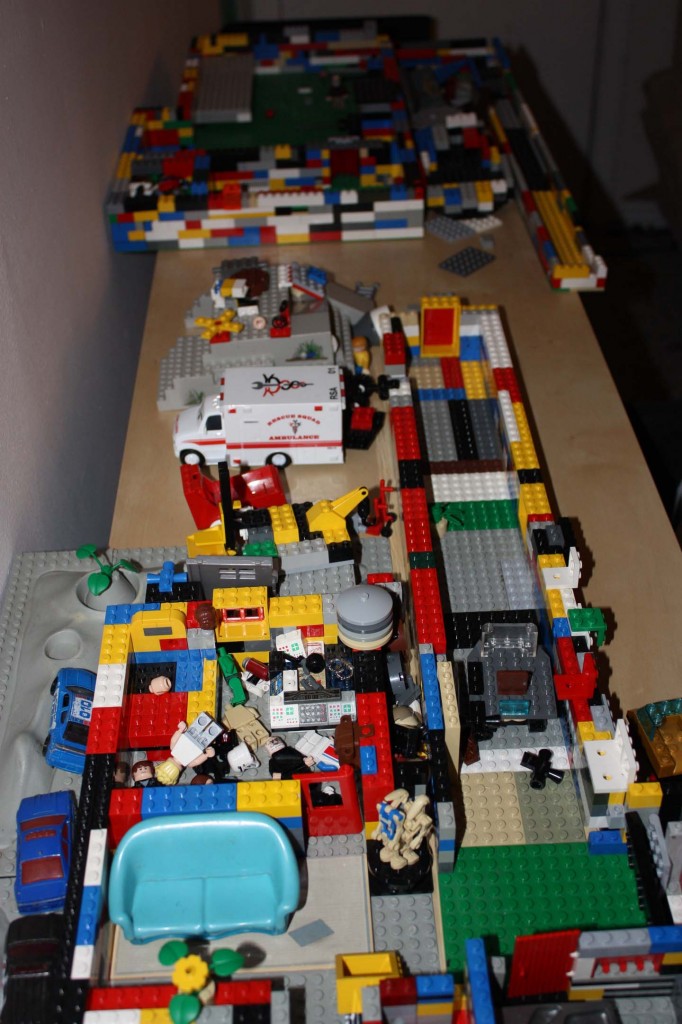
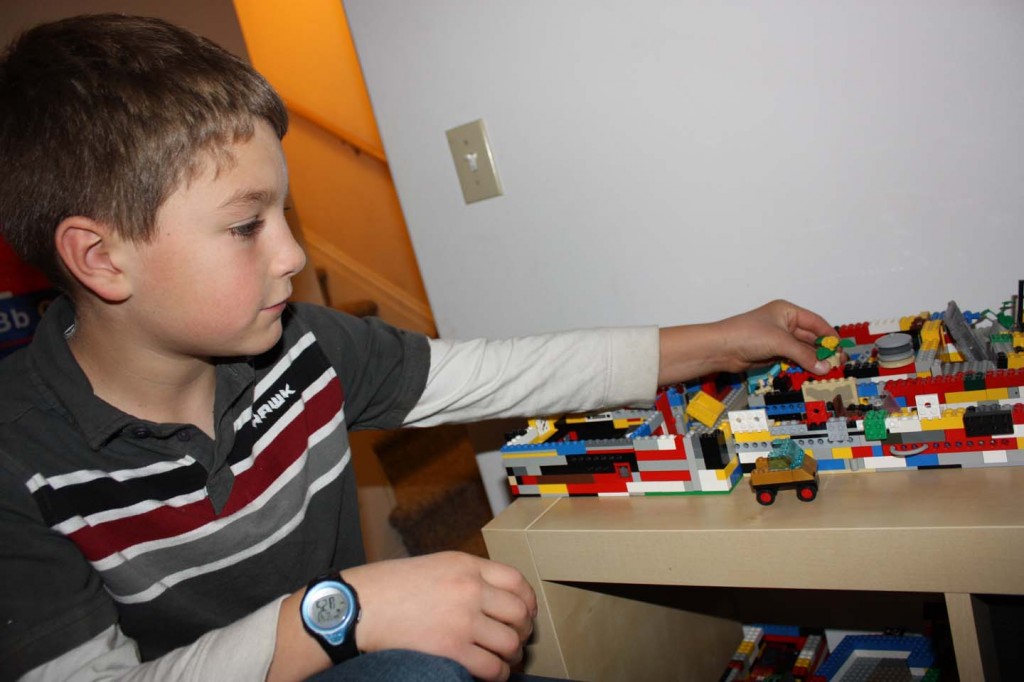
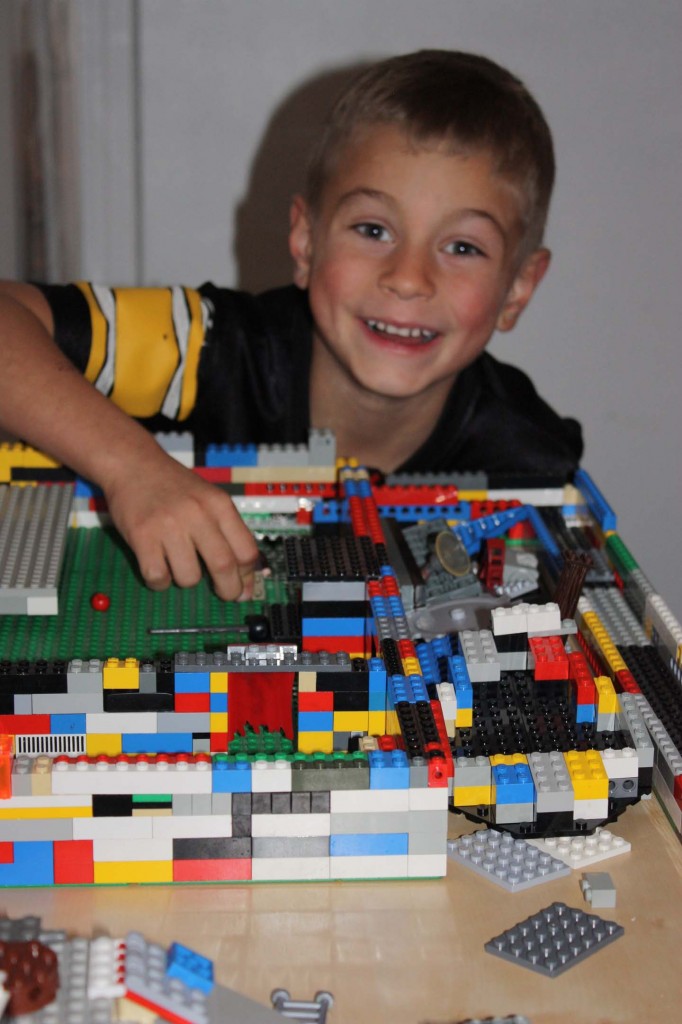
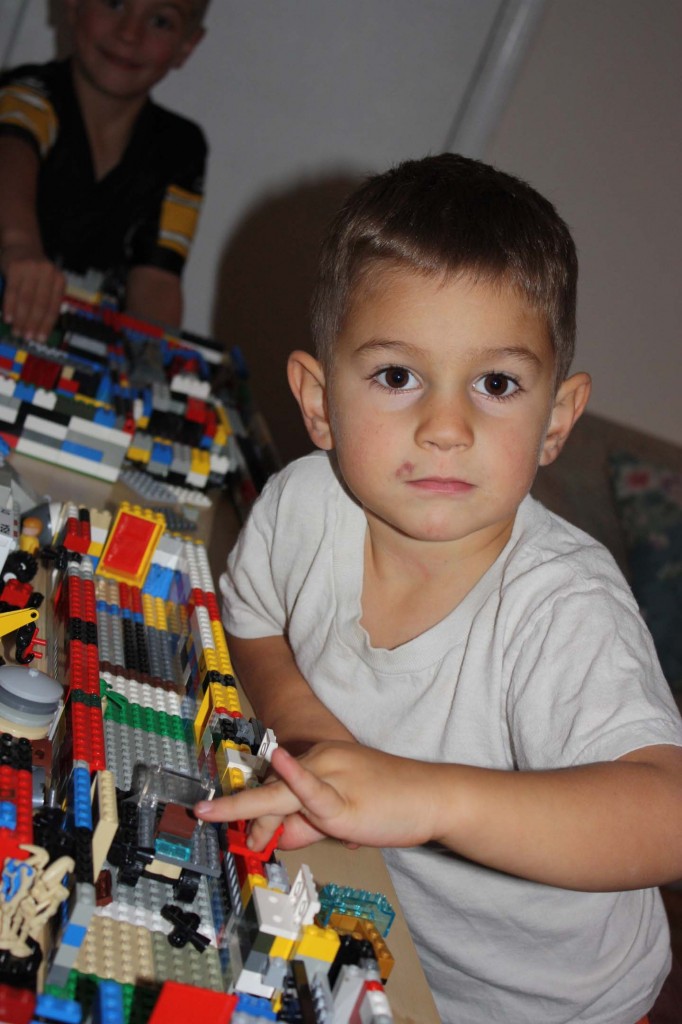
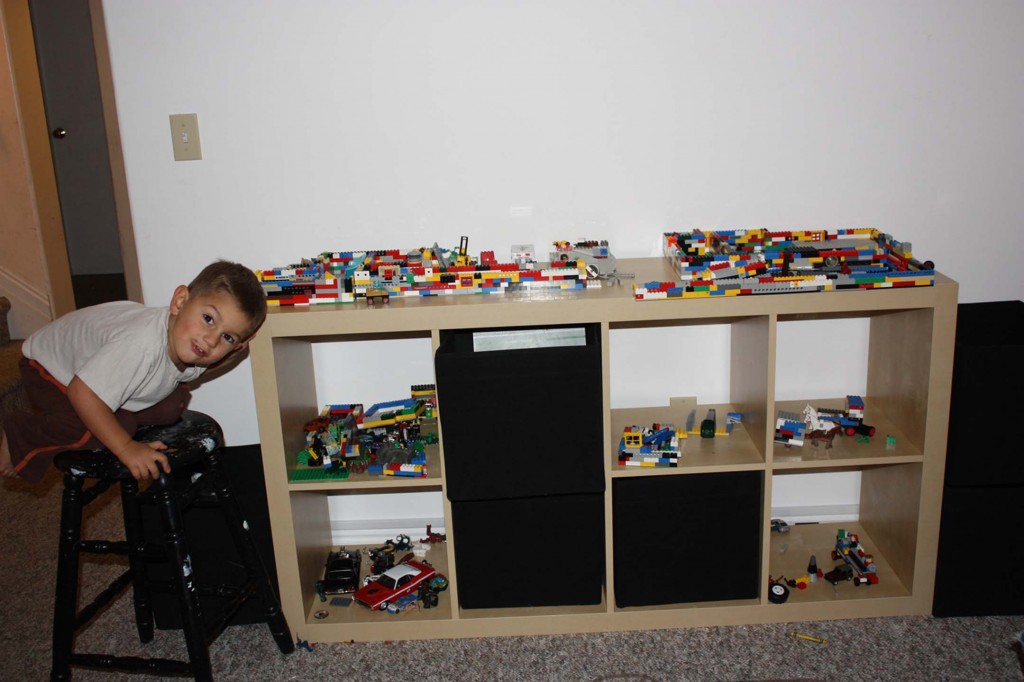

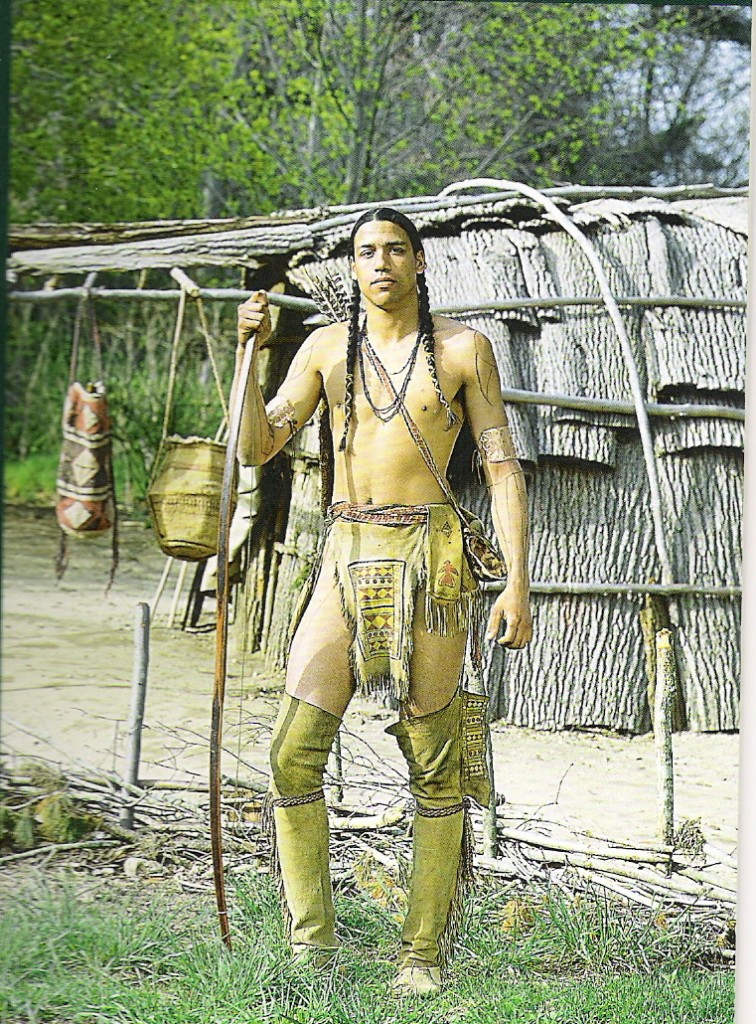
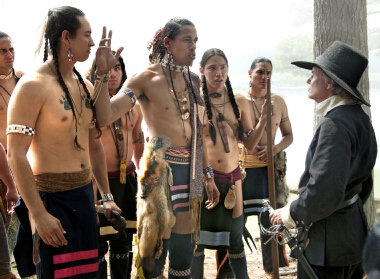
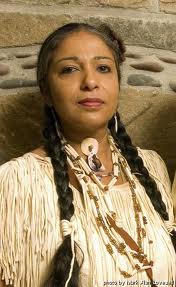 • Wampanoag mothers traditionally carried their babies in cradleboards.
• Wampanoag mothers traditionally carried their babies in cradleboards.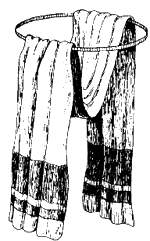
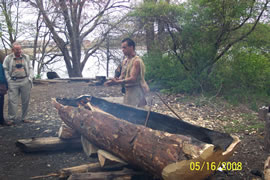
 5. Make a Ring and Pin game. The Wampanoag children played the Pin Game. A ring was attached to a stick and you had to flip the ring onto the stick.
5. Make a Ring and Pin game. The Wampanoag children played the Pin Game. A ring was attached to a stick and you had to flip the ring onto the stick.